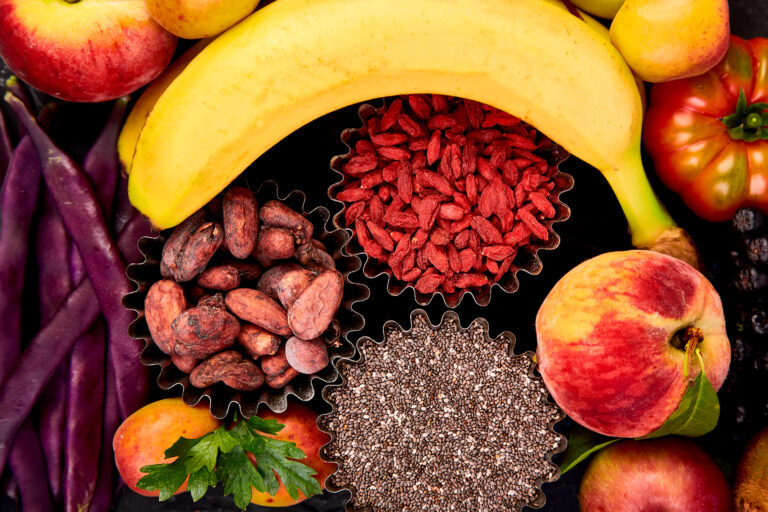When discussing mouth health and how we eat, it’s impossible not to discuss the complex network of muscles that make up the mastication process. Understanding these muscles isn’t just interesting for dental and medical students; it’s necessary for recognizing and treating a wide range of mouth health problems. Hold on tight, dental students, people who work in oral health, and people who are just interested in the subject. We will talk about the muscles that help us eat, speak, and even show how we feel through our complex smiles.
The Core of Chewing: An Overview of the Muscles at Work
Mastication, or chewing, is a highly complex process driven by four muscles called “muscles of mastication.” The regulated actions of your jaw that you need to chew food well are controlled by these muscles. These muscles work together to give us the mobility and strength to bite, grind, and mash our food.
The Temporalis Muscle
The temporalis is a big fan-shaped muscle that covers the temporal bone of the head. It gets its name from its location: in the temporal area. It helps move the mandible forward and backward, and, most importantly, it helps close the mouth during chewing. People studying craniofacial structure often compare it to a ship’s strong sails ready to heave at the next bite.
The Masseter Muscle
Compared to its size, the masseter is one of the biggest muscles in the body. It lies just below the temporalis. That’s because it’s the primary muscle that lifts the lower jaw, which makes biting and eating significantly stronger. People often say the masseter’s size resembles a bulldog’s mouth. It carries the weight of a lot of chewing effort.
The Medial Pterygoid and Lateral Pterygoid Muscles
The medial and lateral pterygoid muscles are more profound in the jaw and necessary for moving the jaw laterally and vertically. While chewing, the medial pterygoid works with the masseter to raise the lower jaw and create a grinding motion. The lateral pterygoid, on the other hand, depresses and protrudes the lower jaw, which allows for forward movement.
If we had to pick one muscle out of these to be different, it would be the “Temporalis Muscle.” You might ask why. The temporalis muscle is the name of an anatomical feature that gives it its name: it is the more superficial of the three main muscles of mastication. It is different from the lower and functionally opposite pterygoid muscles in this way. Its job is essential, but it doesn’t involve as many complex moves as the other muscles.
The Role of the Temporalis in Elevation
The temporalis shines when it comes to its most important job: the dynamic process of raising. It closes here to keep the lower jaw in a closed position. This lets you press it to chew and fight against resistance forces during the upward chewing phase.
Temporalis and Mastication
While the other muscles allow for a more extensive range of motion, the temporalis’s simple but important job is to keep the jaw closed during different chewing movements. It makes hinge-like mouth movements possible and plays a part in closing the jaw for the first time, and the early power stroke requires chewing more challenging foods.
Clinical Considerations: The Muscles in Diagnosis and Treatment
Understanding these muscles is not just for schoolwork. Specialists and doctors use this information to find and treat conditions like myalgia, muscle loss, and problems with the temporomandibular joint (TMJ). Dentists and oral doctors can help patients feel less pain, get their teeth back in working order, and sometimes even improve their appearance by understanding the muscles of mastication well.
Signs of Dysfunction
When these muscles are overused or pulled, they can cause a lot of pain, from headaches and neck pain to jaw pain and even trouble opening and closing the mouth. These are signs that the muscles of mastication might not be working right. This could lead to problems like bruxism (grinding your teeth), which can have long-lasting effects on oral health.
Treatment Modalities: From Conservative to Surgical
Depending on the diagnosis, there are different ways to treat problems with the mastication muscles. Conservative methods like stress management, physical therapy, and mouth aids may be enough for people with fewer cases of TMJ or myalgia. However, surgery like arthrocentesis, arthroscopy, or open joint surgery might be explored in more severe cases. Each method focuses on different muscles and how they help with relaxation and chewing.
People may not think much about chewing, but when we look into it, we find a world of complexity that includes eating and the building blocks of many teeth and face functions. Learning more about the muscles of mastication is very important for people who want to keep their mouth healthy and in good shape. This information gives workers the tools to find and fix chewing problems, which can significantly affect a patient’s quality of life.
For people who work in dentistry and other fields, it’s clear that the muscles of mastication are not just supporting roles; they play a significant role in maintaining mouth health and function. Understanding these muscles becomes even more critical as we learn and develop new ideas in this field, like how a well-chewed meal can keep you healthy and full of energy.











